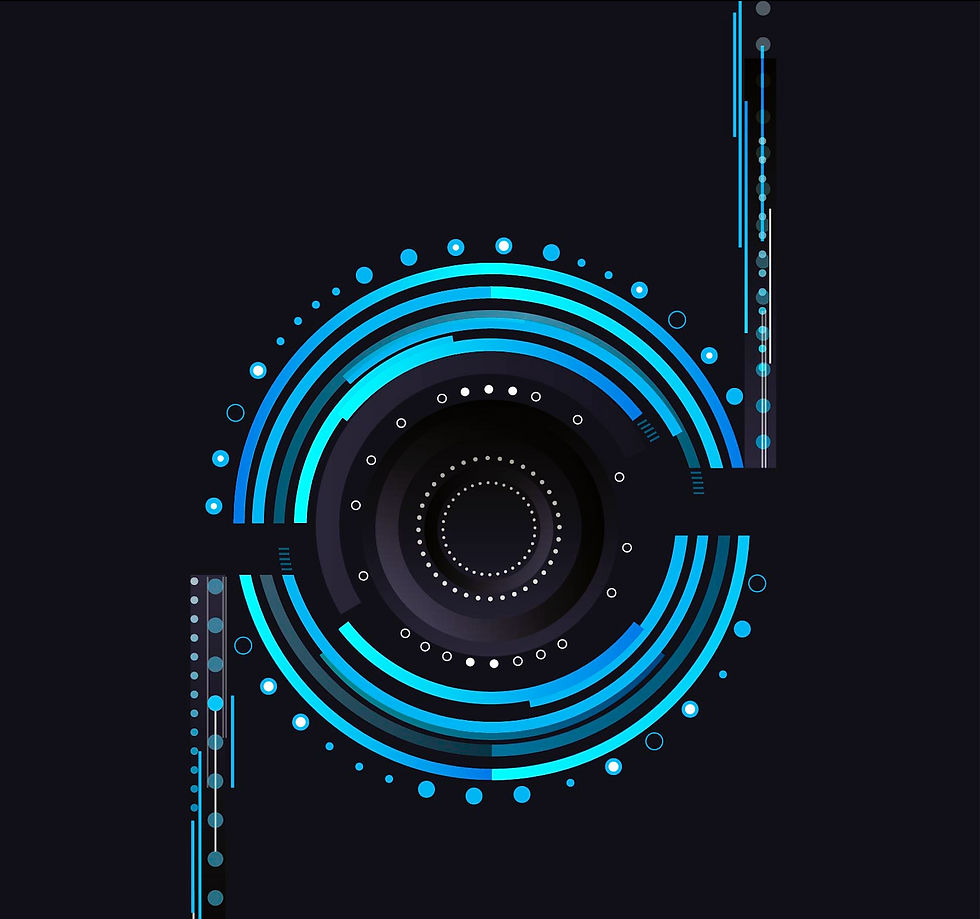
Introducing Computer Vision
In an era where data is visual, Computer Vision (CV) is revolutionizing the way businesses operate. It's a field of AI where machines learn to interpret and understand the visual world. By integrating CV applications with cameras within facilities, businesses can automate and enhance various aspects of operations, from security protocols to quality control.
Computer Vision at Work
CV systems can be trained to recognize people, detect protective gear, identify objects, or notice damage on products. Such capabilities are invaluable for enhancing safety, ensuring compliance, and maintaining quality standards. For instance, in a manufacturing setting, CV can confirm if employees are wearing safety glasses or hard hats, and in retail, it can help manage inventory by recognizing when shelves need restocking.
Technical Deep Dive: Fine-Tuning and Transfer Learning
Computer Vision models aren't built from scratch. They often start from a base model trained on a large dataset and are then fine-tuned using a technique called 'transfer learning.' Transfer learning adjusts a pre-trained model to a new, but related task, saving time and computational resources. It's the perfect strategy when businesses need to adapt CV models to their specific needs without starting anew.
Advanced Techniques in CV
Fine-tuning is just the tip of the iceberg. Here are some of the cutting-edge techniques in CV that are propelling businesses forward:
Image Similarity Search: Using algorithms like ArcFace loss, CV systems can perform similarity searches to identify near-identical items in a database. This is crucial for authenticating products or spotting counterfeits.
Segmentation: CV can accurately segment images, differentiating between objects at pixel level. This is particularly useful for quality control, as it can detect anomalies or damages in products with precision.
Detection and Recognition: CV can be trained to detect and recognize people’s faces within an image or video. This functionality is vital for security, personalization in marketing, or even for analyzing customer behavior patterns.
Emotion Detection: By detecting facial expressions, CV applications can gauge emotions, providing insights into customer satisfaction or employee engagement.
Practical Applications and Benefits
Integrating CV into business operations can yield numerous benefits:
Enhanced Security: By monitoring who enters and exits a facility and ensuring compliance with safety protocols.
Quality Assurance: By inspecting products for defects or damage, thereby maintaining high quality standards.
Operational Efficiency: By automating routine checks and balances, businesses can allocate human resources to more strategic tasks.
Data Insights: By analyzing customer emotions and behaviors, businesses can tailor their services to enhance the customer experience.
The Challenges and Considerations
Implementing CV isn't without its challenges. Privacy concerns are paramount, and businesses must navigate regulatory landscapes carefully. Additionally, ensuring the robustness of CV systems against various lighting conditions and angles requires meticulous training of the models.
Closing Thoughts: The Visual Edge in Business
Computer Vision is transforming businesses into intelligent operations with the ability to see and interpret the world. By leveraging techniques like transfer learning and fine-tuning, businesses can customize CV applications to gain a competitive edge.
As we look to the future, CV stands as a pillar of innovation, promising a smarter, safer, and more efficient business environment. It's not just about the technology, but the value it brings by turning the visual data all around us into actionable business insights.

Comments